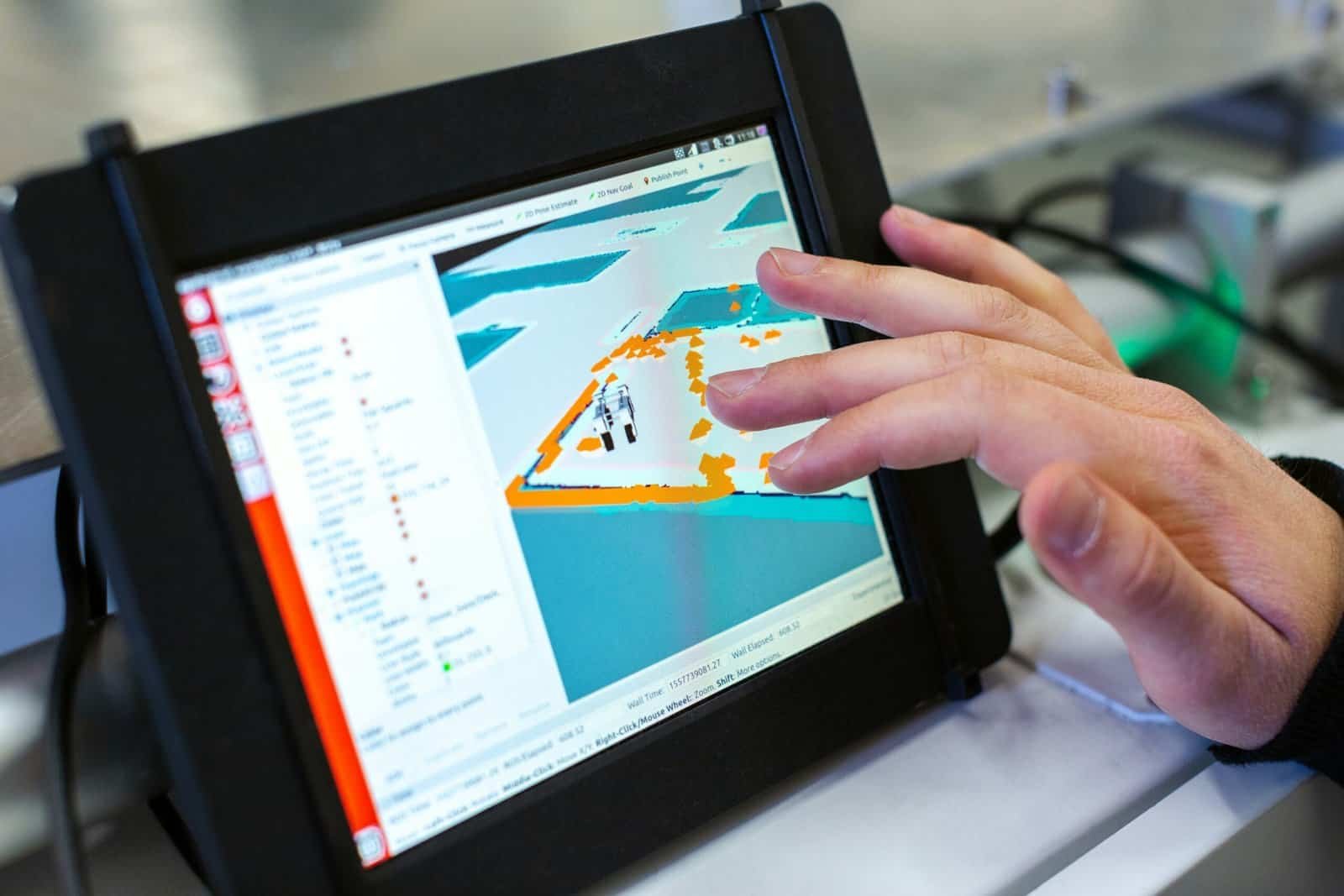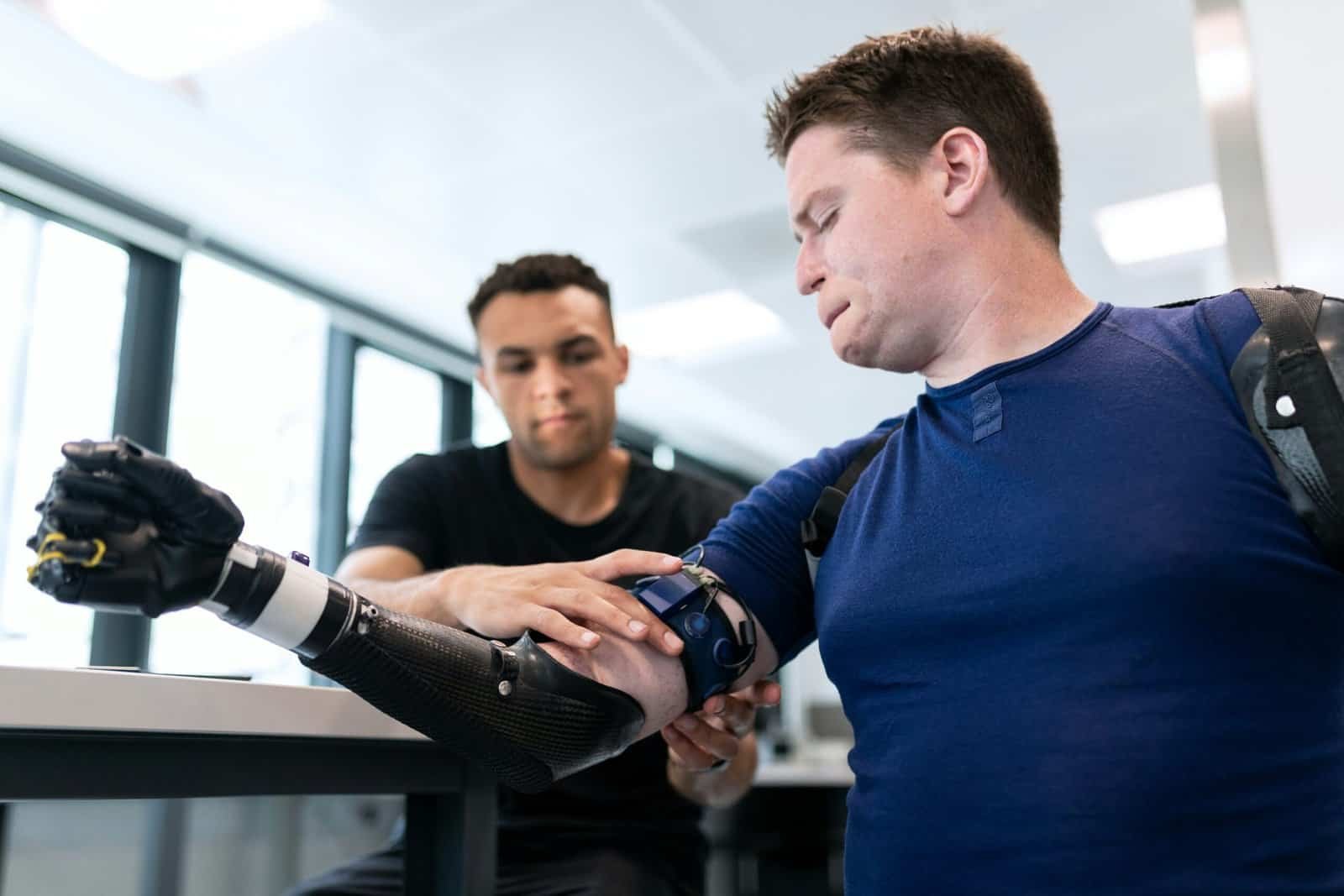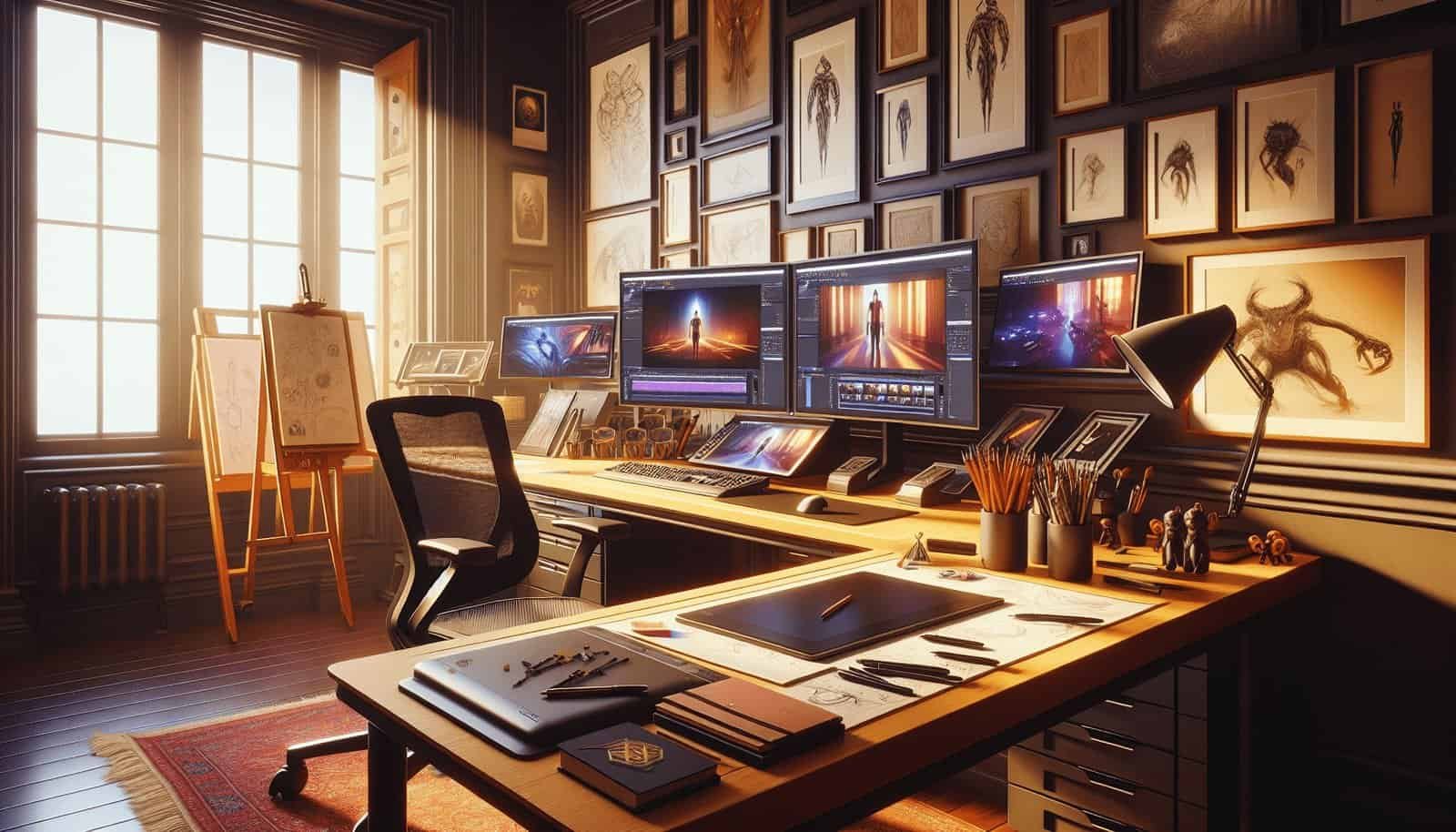Have you ever marveled at the incredible animations in your favorite video games or films and wondered about the artists behind them? The world of 3D animation is as vibrant and dynamic as it gets, offering opportunities for creativity, innovation, and remote work. As a 3D animator, you have the chance to bring fantastic worlds to life from the comfort of your home, influencing the gaming and film industries in substantial ways.

Understanding the Role of a 3D Animator
What Does a 3D Animator Do?
At its core, 3D animation involves creating moving images in a digital environment. As a 3D animator, you craft scenes that tell a story, convey emotions, and captivate audiences. Your projects might range from dynamic in-game sequences to lifelike characters in animated films. The possibilities are endless, as you translate the ideas of directors and designers into engaging visual experiences.
Essential Skills and Tools
To succeed as a remote 3D animator, you need a mix of technical skills and artistic talent. Proficiency in software like Autodesk Maya, Blender, and Cinema 4D is crucial, offering the capabilities necessary for complex animations. Additionally, understanding movement, anatomy, and timing is essential. Creativity and a keen eye for detail will further help refine your animations, ensuring they resonate with viewers.
Skills and Tools:
| Skill/Tool | Description |
|---|---|
| Autodesk Maya | A sophisticated 3D modeling and animation software used for both films and video games. |
| Blender | An open-source tool prized for its versatility in 3D modeling and animation. |
| Cinema 4D | Known for its intuitive user interface, ideal for motion graphics and stunning visuals. |
| Creative thinking | The ability to visualize new worlds and characters, indispensable for bringing concepts to life in dynamic animations. |
| Anatomy knowledge | Helps create more realistic characters and smoother movements by understanding the human body and its mechanics. |
The Journey to Become a Remote 3D Animator
Educational Background and Training
While there isn’t a one-size-fits-all educational path toward becoming a 3D animator, most professionals have backgrounds in animation, fine arts, computer science, or graphic design. Degrees in these areas provide foundational knowledge and access to essential tools and industry connections. Furthermore, online courses and tutorials can be invaluable for self-guided learners aiming to enhance their skills independently.
Building a Portfolio
A strong portfolio is your gateway to job opportunities. It should showcase your best work, demonstrating your ability to animate different styles and characters. An effective portfolio is a blend of completed projects, storyboards, and character designs, all highlighting your versatility and attention to detail. Online platforms like ArtStation or your personal website serve as excellent venues to display your work.
Networking and Industry Connections
In an industry often driven by collaborations and networking, building connections can accelerate your career. Attend industry events, engage in online forums, and participate in discussions to meet other professionals. Platforms like LinkedIn are useful for staying updated on industry trends and job openings, allowing you to connect with fellow animators and potential clients.
Working Remotely: The Pros and Cons
Advantages of Remote Work
Remote animation offers flexibility and opportunities to collaborate with clients and studios across the globe. You have the freedom to set your own schedule, work from varied locations, and balance personal and professional life more effectively. These perks make it an appealing choice for many aspiring animators.
Challenges to Consider
However, working remotely presents its own set of challenges. Communication can be limited, meaning clear and precise exchanges with clients and teams are imperative. Managing time and combating distractions require discipline and organization. Ensuring you have a robust tech setup at home is also vital to handle the heavy processing power needed in 3D animation tasks.
Industry Applications: Video Games and Films
Animation in Video Games
In video games, animators are tasked with creating immersive experiences. Characters, environments, and objects need to feel interactive and responsive to player actions. Animators work closely with game designers to achieve this synchronicity, crafting dynamic gameplay that engages and entertains.
Animation in Films
For films, 3D animators focus on storytelling through visuals. Whether it’s a fully animated feature or seamlessly integrating CGI into live action, your role is to ensure that animation complements the narrative. This requires a refined balance of artistry and technical skill to create visual stories that resonate with audiences.

Career Growth and Opportunities
Freelance versus Full-time
Deciding whether to freelance or work full-time is a personal choice that impacts your career trajectory. Freelancing offers diverse projects and clients, adding variety to your work. Meanwhile, a full-time position provides stability, consistent paychecks, and deep involvement in projects from start to finish.
Opportunities for Advancement
With experience, 3D animators can advance to roles such as animation director, lead animator, or art director. These positions involve overseeing larger teams and projects, offering creative direction and ensuring the quality of the final product. Continuous skill development and a solid professional reputation are key to reaching these advanced roles.
Maintaining Creativity and Preventing Burnout
Staying Inspired
Even the most creative minds face inspiration droughts. Staying inspired involves seeking new experiences, exploring different artistic styles, and regularly consuming varied media like films, games, and art. These activities broaden your perspective and introduce fresh ideas into your work.
Balancing Work and Life
Preventing burnout in any creative field is crucial. As a remote worker, setting boundaries between work and personal time helps maintain mental health and productivity. Establish a routine, take regular breaks, and prioritize self-care to sustain your passion for animation without feeling overwhelmed.

The Future of 3D Animation
Technological Advancements
The animation industry is constantly evolving, driven by emerging technologies like virtual reality (VR), augmented reality (AR), and improved graphics capabilities. As these technologies advance, they open up new possibilities for storytelling and immersive experiences, requiring animators to adapt and innovate continuously.
Sustainability and Ethical Considerations
Increasingly, animators are being asked to consider sustainability and ethical aspects in their work. This includes everything from energy consumption in rendering processes to the type of stories being told. Emphasizing responsible usage of technology and storytelling can help the industry evolve positively.
Conclusion: Your Path to Success
Becoming a remote 3D animator for video games and films is a thrilling career path filled with creative expression and technological innovation. Whether starting out or looking to expand your horizons, there are many opportunities to learn, grow, and leave your mark on the industry. Remember, your journey is as unique as the animations you create, and the world is ready to see them come to life.

